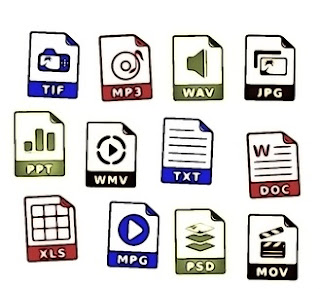As you see by my comment from February 10, 2017, had a definite opinion regarding Vince Cyboran’s article “Don’t Clap Throw Money Misadventures in Employee Engagement” on the Roosevelt University RU Training blog site.
“I have, at a past organization endure one of these “pep talks” experience mentioned in this blog and unfortunately, it only caused the morale of myself and my coworkers to go further south. The introduction of just the basic aspects from Frederick Herzberg’s Two-Factor–Model of Workplace Motivation could have changed, in my eyes, the entire organizational culture.
This post states that hygiene factors do not motivate employees but most of the organizations I have worked, believed that to motivate employees they had to offer free lunches or breakfast donuts, instead of offering raises or bonuses. The introductions of these initiatives were successful at first as most of the employees at the time thought that this was good as a reward they were going to get.
However, with a high turnover rate, there was a constant influx of new employees, plus there was a new hiring requirement in which employees needed a Bachelor’s degree to be hired. These new employees did not favor the idea of the hygiene factors being used as a substitution to monetary or professional motivation factors. Therefore, with these new employees these initiatives quickly failed, but every once in a while, management does fall back upon free lunches or breakfast donuts, as motivators.”
Unfortunately, this still occurs many times over in a lot of different organizations, what happens is that people lowered their expectations of what they desire and organizations go to the level to meet them. Usually because giving their employees with these lowered expectations is better for the organizational bottom line than anything else. Keeping an idea of your professional self-worth, keeping a positive point of view you may get more than what you deserve, and if you do not why should you accept what the organization deems is logical or worthy of you? Maybe that is not a place that you, at the end of the day, deserve to be.
Reference
Vince Cyboran (2015) “Don’t Clap Throw Money Misadventures in Employee Engagement” Roosevelt University February 16, 2015 Retrieved from:
https://rutraining.org/2015/02/16/dont-clap-throw-money-misadventures-in-employee-engagement/

















